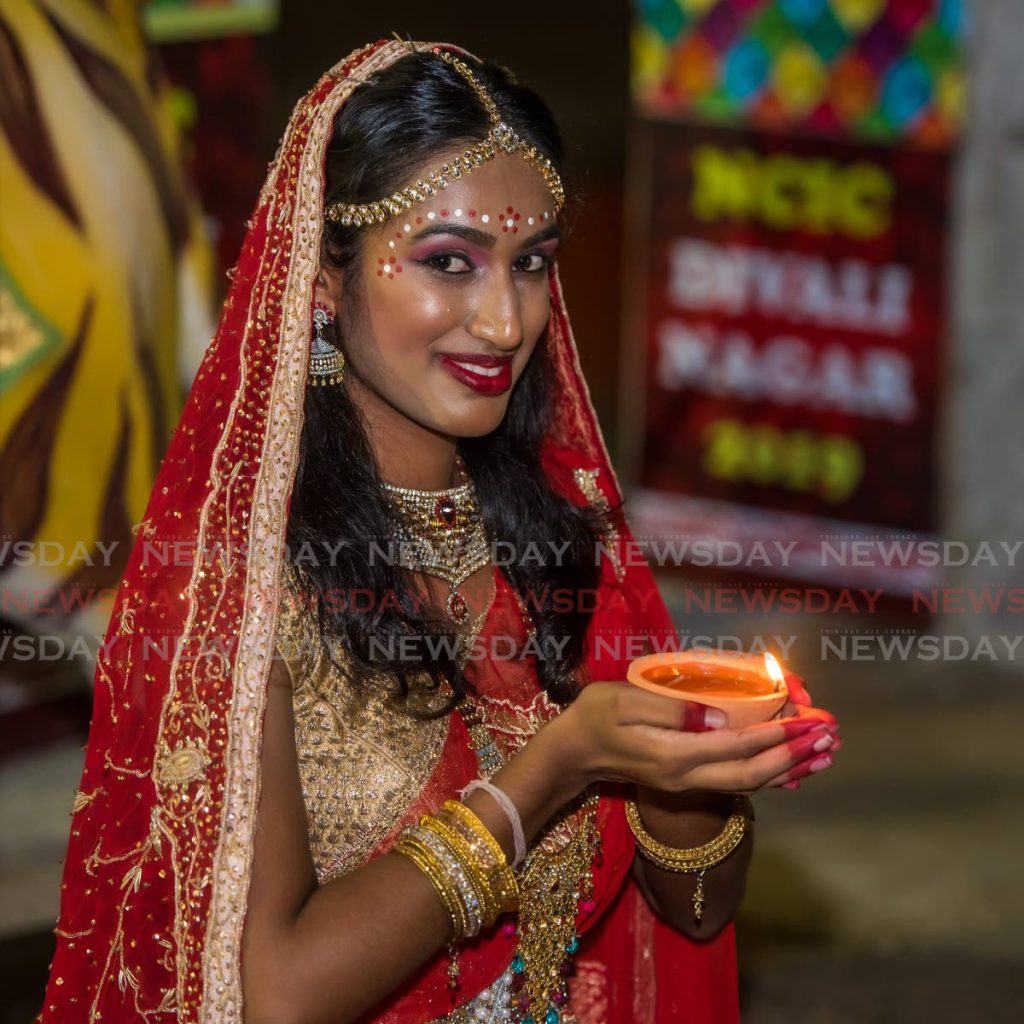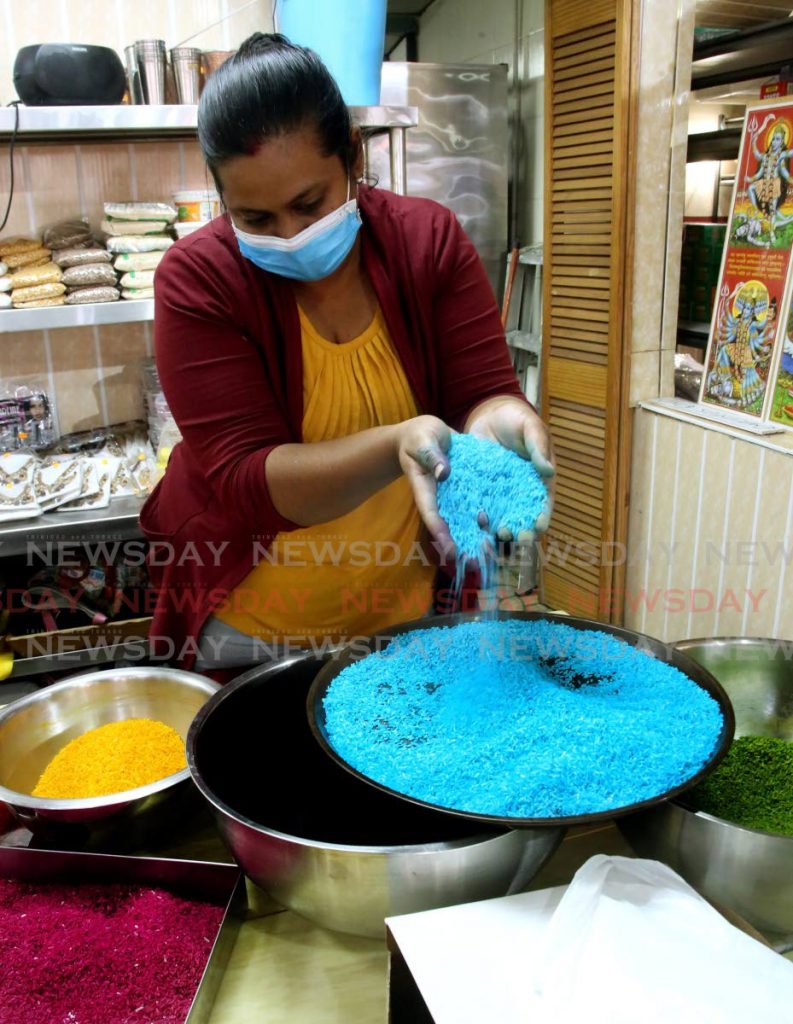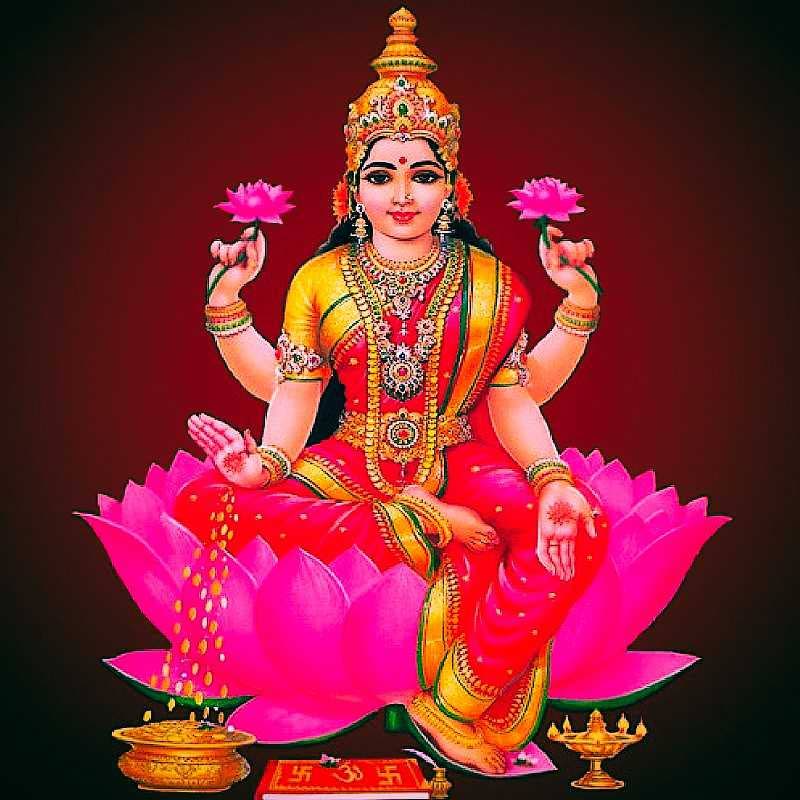Fasting and feasting for Divali

DR SATNARINE BALKARANSINGH
DIVALI, also referred to as Diwali, Deepawali, or Deep Daan is here again. Deepawali or Deep Malika means a “row of lights” while Deep Daan means “offering of lights”.
Divali is celebrated in the month of Kartik of the Hindu lunar calendar (October- November), just after the end of the Ramleela season. The overriding philosophy of the celebrations is light.
In multicultural TT, Divali is a family, community and business affair; with cleaning, decorating, fasting, praying, shopping and lighting of earthen oil lamps–now replaced by waxed candles and Christmas lights, followed by feasting.
Fasting is interpreted differently from other places and cultures, and also among members in households. It varies greatly –from abstinence from consumption of meats, seafood and alcohol, to even exclusion of salt in food and sometimes to no cooked food at all, and abstinence of physical intimacy. Celebrations on Divali day are usually home-based. Generally, confectionaries are prepared beforehand. Food is freshly cooked for the evening celebrations. Pundits make the rounds performing pūja at homes from early morning. Deyas are soaked in water to avoid excessive absorption of oil by the dry clay pot, to be lit up at night. Community groups also install various designs which were lit at twilight.

With the covid19 pandemic still raging, the festival is expected to be observed with private affairs, maintaining distance and health protocols. One TV station, on Divali evening, will show the Lakshmi puja ritual live to assist households in performing worship collectively. There is expected to be less community interactions, but the festival will, nonetheless, be observed on a significantly reduced scale.
The food and sweets will continue to be blessed, and hopefully the prasad – consecrated food comprising mohanbhoj; a special rich mixture of flour, milk, water and dry fruits sweetened to taste and cooked in ghee, will be distributed in communities as has been the norm. Hopefully, the women will also continue to prepare kaja –collecting the soot of a deya that burns with pure ghee in a down-turned, clean tablespoon. This kajal is later applied to the edges of the eye lids, to accentuate beauty, and as a home remedy for eye infections.
Days of celebrations
While in TT, the Caribbean and other Indian diasporic countries Divali is seen as a one-day event, it actually comprises a series of events, occurring for five successive days; each connected with different historical and religious legends. Divali has many aspects to its celebrations, at household and community level, that are ritualistic and festive in nature.
Each is different in form, content and observance. On each of the five days there are different pūjas, objects of worship and activities, each with unique religious and historical antecedents, each bearing even different names. While these rituals and celebrations are clustered around one period, and there appears to be a peak on Divali day –the third of the five days, there is no common centre or point of convergence as in some other Indian festivals.
The chronological order of the celebrations is as follows:
Day 1: Dhan Teras or Dhan Trayo dashi
This day, occurring today (November 12), commemorates the birth of Lord Dhanwantri the physician of the gods, destroyer of diseases, giver of health, wealth and happiness. People in the health and wellness sector offer prayers to Dhanwantri. On this day people also purchase something new – clothing, jewellery, household articles/ utensils.

The business community worships goddess Lakshmi, the goddess of wealth, for luck and success in their undertakings for that day and for the coming year. Then they engage in significant commercial activity; trading and investment, the actual creation of wealth; hence its close relationship to the mercantile class. It is the popular belief that profits realised from sales on this day is an indication of the profits to be realised for the rest of the financial year.
Day 2: Narak Chaturdashi, bhoot or chotee Divali
On this night, November 13, one deya will be lit, in recognition of the spirits of the underworld. Many legends surround this event.
Day 3: This is the actual Divali day
Goddess Lakshmi is worshipped together with Shri Ganesh, the remover of obstacles in one’s path to success. In some parts of India Goddess Kali, another aspect of the female godhead is propitiated. The celebrations take place on the darkest or 15th night of the Hindu lunar month of Kartik. For the religious seekers, this is referred to as Kartik Amawasya.
Day 4: Govardhan Pūja
A thanksgiving is performed to Sri Krishna. This is an agrarian festival, associated with the legend of Krishna lifting of Mount Govardhan to shelter the inhabitants of Vrindavan from floods and destruction.
Day 5: Bhai dooj
On this day sisters reconfirm their love and affection to their brothers, seeking their continued protection and support. It is also called Bhraati Daitya /Bharanooja.
Divali developed as a festival of the Vaishya or trading classes; succeeding the season of Dusshera, the agrarian autumnal festival; a festival of the Kshatriya or warrior caste with its main event being Ramleela. Simultaneously with Ramleela was Navaratri, a nine-night ritual where the central point of focus was the all-pervading mother goddess, Durga, the energy principle.
History and legends associated with Divali days
In TT, the ritual aspect of the Divali celebrations is relegated to two days, the Narak Chaturdashi, or chotee Divali on the second day and the main event on Divali day, the third day of the five-day event. There are many legends associated with Divali. A popular one is the appearance of Goddess Lakshmi from the churning of the ocean (Samudra Manthan) by both the gods and demons who were in search of the nectar of immortality, or ambrosia. Out of this churning many objects emerged, one of which was Goddess Lakshmi portrayed with four hands, one of which distributes wealth and bestows prosperity. Her vehicle is the owl, the mythological bird of wisdom.
Another legend on Divali's origin is that it was held to commemorate the liberation of the legendary Raja Bali by Vishnu from his imprisonment in Patala, the subterranean world, through the intervention of Goddess Lakshmi.
Yet another is that Divali celebrates the return of Lord Ram, of the Ramayana, with his entourage to his kingdom of Ayodhya after 14 years of exile. It may be possible, however, that Ram’s welcome celebrations would have included the illumination of Ayodhya as all major celebrations, past and present, generally include lights as part of its festivity. These legends, the antecedents of this beautiful and colourful festival, embellish this occasion with pomp, pageantry and romance, integral to the excitement that is part of life.
There is a beautiful mantra in the religious text, the Brhad Upanishad which sums up the essence of the festival. It is chanted in the ancient yet living Sanskrit language and goes as follows:
Aum Asato Ma Sadgamaya!Tamaso Ma Jyotir Gamaya!Mrtyurma Amrtam Gamaya!
Translated it says: Oh lord lead us from this unreality of transitory existence, to the truth of our real being; lead us from the darkness (of ignorance) to the light (of knowledge); from the cycle of death and rebirth to the knowledge of our immortality, the nectar of everlasting life.
This mantra invokes wisdom for people to shift their awareness from untruth and illusions of truth to the reality of supreme truths; from the darkness of ignorance unto the light of knowledge. Once we realise that the soul (atman) within us is immortal (Brahman), we have recognised our birthright – the immortality of the soul and therefore we can realise moksha, the supreme Light of Lights.
May Divali 2020 continue to promote fraternal bonding, bring joy to the family and community and help to dispel the tension and drudgery of our current daily existence, with lights and hope for enlightenment.
Dr Satnarine Balkaransingh is an artist, economist and author. His book, The Shaping of a Culture; Rituals and Festivals of Trinidad compared with selected counterparts in India (UK: Hansib, 2016) is available at local bookstores and on Amazon; www. Kathakkalasangam.com; Satbalkaransingh @gmail.com

Comments
"Fasting and feasting for Divali"